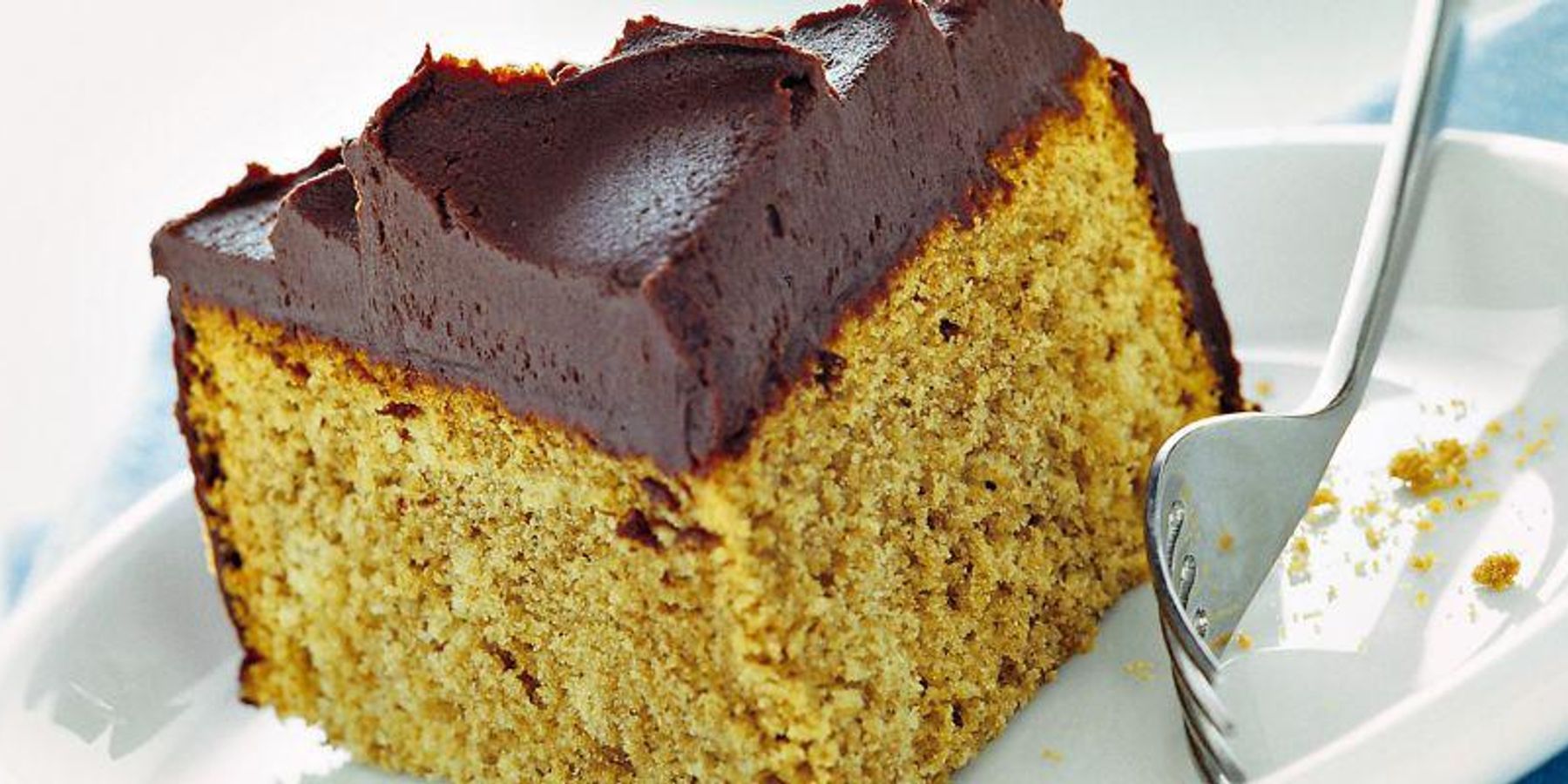
The history of Barolo began about 2500 years ago with the population of Liguri Stazielli, but the first true admirers of this nectar were the Gauls, whose conquest of the territories beyond the Alps was also motivated by their predilection for the wine produced here.
Subsequently, the Langhe attracted the expansionistic aims of the Romans, who were so impressed by the quality of the wine from the area of Alba (at that time Alba Pompeia) that Julius Caesar, coming back from the Gallic War, wanted to bring to Rome a good quantity of it. The birth of the so-called modern Barolo is dated back to 1830 and the merit is to be attributed to Marquis Falletti, French enologist Louis Oudart and Count Camillo Benso di Cavour. Marquis Carlo Tancredi Falletti married, with Napoleon's approval, Juliette (or Giulia) Colbert de Maulevrier, great-granddaughter of the famous finance minister of Louis XIV of France. When Carlo died in 1838, Giulia acquired all the properties of the Falletti family. She called in her lands the great French enologist Louis Oudart who applied the techniques used for the great French wines to the wine produced in the marquise's properties.
In this way was written one of the first important pages of the history of modern Barolo, which became so popular that even King Carlo Alberto of Savoy was curious about it.
Following a royal request, moved by the curiosity for this wine which was beginning to make the courts of the whole Europe talk about it, Giulia sent to the king 325 wagons, each one containing a cask of Barolo: one for every day of the year (except for the 40 days of Lent), so that the king and his court could delight themselves every day with the wine produced by the marchioness. This is how Barolo was defined at the court of Turin as "wine of kings, king of wines". Nebbiolo has found its terroir in the 11 communes of the Langhe where it is produced. Barolo takes its name from the main town of these communes as well as Barbaresco, the reference town of the homonymous wine. The fact that the wine is so deeply identified with its territory of origin is due to its centenarian history, to the viticultural traditions of the area as well as to the particular care required by the vine, whose grapes ripen slowly, with harvests that often last until late November.
Barolo is a wine of great structure, which must be aged for at least 3 years, of which at least 18 months in cask before being released on the market. With 5 years of aging, it becomes Barolo Riserva. Barolo is a wine capable of improving in the cellar up to ten years after harvesting. A vintage that is immediately pleasing will probably not have the characteristics needed to be aged for such a long time; on the contrary, the high tannins content of Nebbiolo requires long periods of aging. It is famous the split between the two schools of thought between the most famous Barolo producers, the ones who are bound to the tradition of large casks and long maceration times and who propose a robust and tannic Barolo on one side and the "modernists" who prefer the aging in barrique and shorter maceration times, which leads to a softer and kinder Barolo.
Tasting notes
Barolo is a mature wine with the soft nuances of a Nebbiolo wine, ample and complex olfactory notes, fruity, floral and with ethereal or balsamic nuances, a structure which confirms the visual and olfactory sensations, a long and constant persistence. You can recognize small red fruits, dried flowers, spices, leather, green pepper, anise, nutmeg, cherries in alcohol and licorice.
On the palate, it is elegant and velvety and its pleasant tannic structure gives a persistence that recalls a mix of red fruits, licorice and coffee.
In order to taste Barolo, it is advisable to open the bottle at least one hour before, up to many hours in case of a Barolo aged for a long time or that has spent a long time in the cellar.
Food Pairing
Barolo is the ideal wine to be matched with elaborated and rich dishes such as all the recipes based on the truffle, meat dishes, first courses based on porcini mushrooms, game, seasoned cheese and it is also perfect to be matched with dry confectionery or chocolate.
It should be served at a temperature of 18 °C (64 °F) in large red wine glasses in order to exalt its aroma. It is an excellent match with food and it is also considered as an excellent meditation wine.






